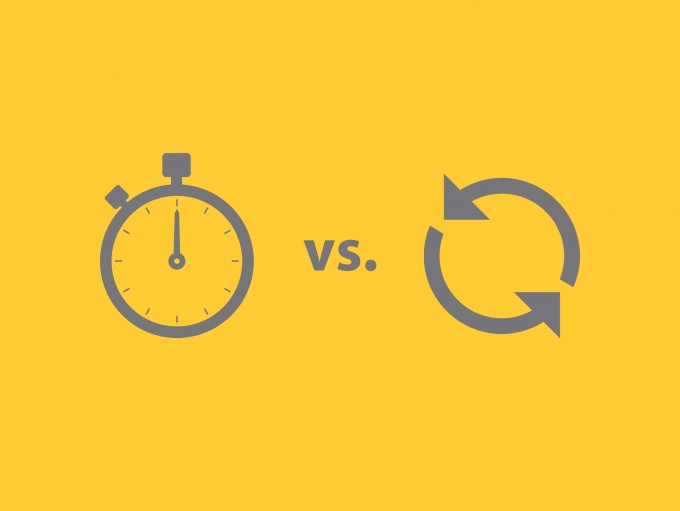<

Technology presents a golden opportunity to remove the need for disgruntled lines of customers but also boost table turns.
I recently came across some very interesting academic research into the psychology of table turns by Cornell University in the US. The research explores the psychology of design for high-volume restaurants. What was extremely telling for me was the exhaustive lengths operators were going to in encouraging high customer volumes and fast table turns.
The report emphasised how successful operators in America use sound, smell and other environmental factors to boost their bottom line. These include wafting enticing smells into waiting areas, using music and lighting to discourage lingering and providing seats that are comfortable, but not too comfortable. As an example, fast-casual restaurants have adopted hard seating, often with straight backs, with legs anchored into position, specifically designed to be inviting to sit on but discouraging for long stays.
Surely there’s got to be an easier way. As consumers, unless we actively opt for a fast-dining experience, being rushed is a major irritant. But technology can allow operators and customers to have the best of both worlds.
The latest intelligent technology can eliminate queing and ensure meals are served in the most time efficient way, therefore increasing table turns, while also keeping customers happy. There’s nothing that annoys customers more than having to wait for a table.
Of course, there is the constant debate as to whether table turns or dwell time, coupled with opportunities to up-sell, maximise capacity. I believe more covers equals greater capacity.
The entire booking, paying and ordering process can be digitised, offering a cutting edge solution that streamlines the experience for customers and increases efficiencies for operators. In todays digital age, customers should know exactly when their table is ready, so operators can accurately quote waiting times. In turn, customers should be able to order and pay for their meals via an app, going as far as to register food allergies or preferences, which can be sent to the kitchen – dramatically increasing the speed of their entire dining experience.
A good example of where this is currently happening is at Levi Root’s Caribbean Smokehouse, which may be the first UK restaurant to offer a complete digital footprint of the entire customer journey through a full-capacity management experience.
The innovative integrated technology allows the operator to gain valuable insight into its customer’s behaviour, while also identifying trends. Being able to readily access real-time and historical data across reservations, wait lists, table turns and seating statistics, provides a huge depth of analysis and data.
Comments made by Ashley Sheppard, Sales and Marketing Director of CST, in the June issue of Restaurant Magazine.
